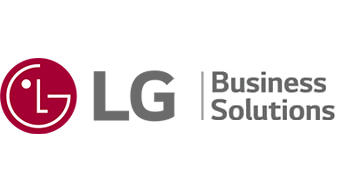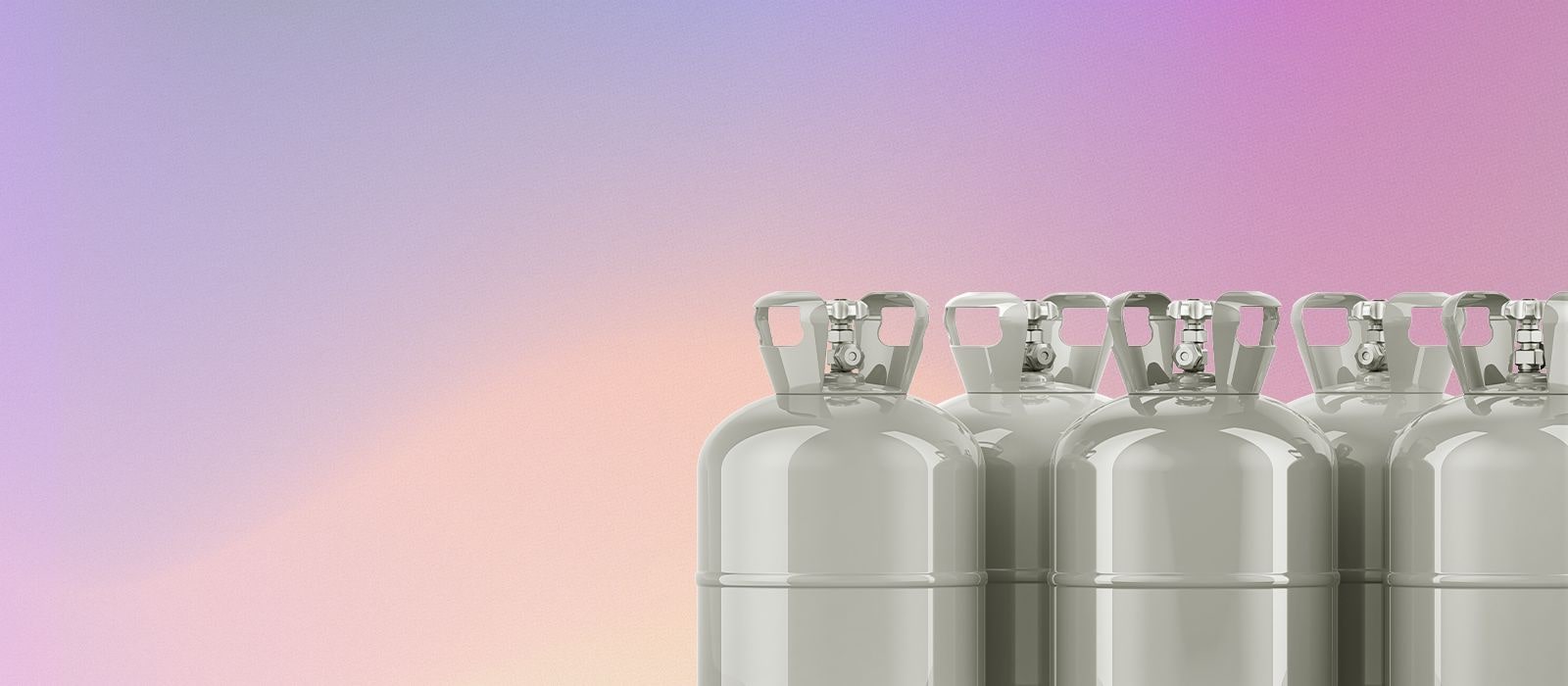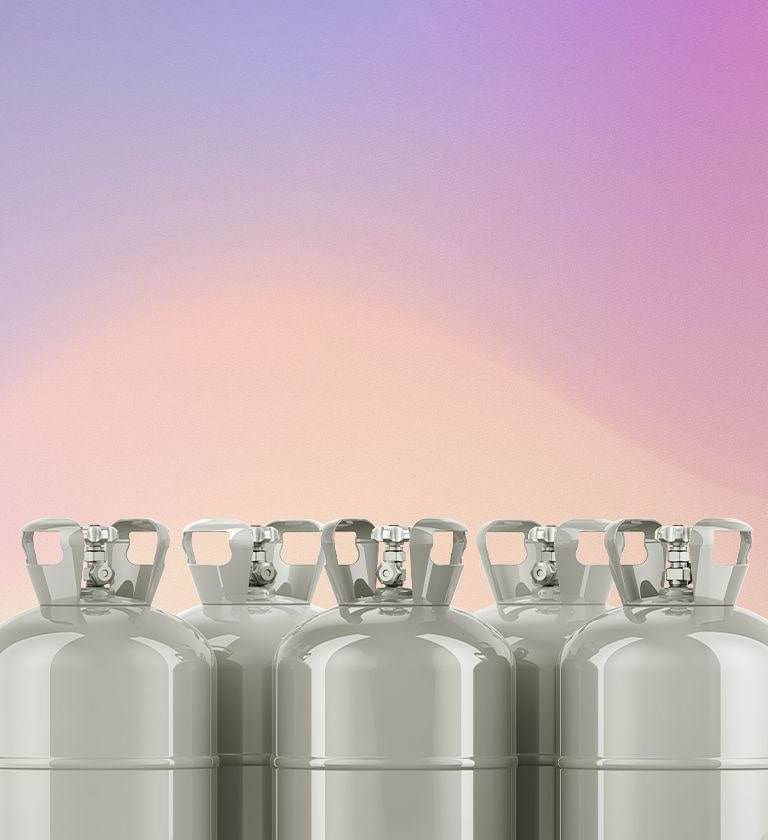-
The year 2025 is set to be a milestone in the HVAC industry when it comes to refrigerants, with changing regulations based on the Kigali Amendment to the Montreal Protocol. The new regulations on refrigerants in both the European Union and the United States take effect on January 1st, 2025, and will influence other countries to adopt refrigerants with less environmental impact. Let’s explore how these regulatory changes will affect the HVAC industry.
-
01 Changes in Regulations
a. The European Union's F-Gas Regulation
The European Union plans to phase out Hydrofluorocarbons (HFCs) in the European market to achieve its 2030 climate goals and carbon neutrality by 2050, as part of the Paris Agreement. The regulation prohibits the manufacture, installation, and import of single-split systems containing less than 3 kg of refrigerant when using refrigerants with a GWP of more than 750 starting January 1st, 2025. This prohibition gradually extends to other HVAC products such as heat pumps from 2027 to 2035.
* http://data.europa.eu/eli/reg/2024/573/oj


-
b. US EPA's SNAP (Significant New Alternatives Policy) Program
The United States Environmental Protection Agency (US EPA) plans to phase out ozone-depleting substances by banning products with high Global Warming Potential (GWP). As part of this plan, the Technology Transitions Program prohibits the manufacture, installation, and import of products using refrigerants with a GWP of more than 700 starting January 1st, 2025. This includes chillers, heat pumps, and commercial air conditioning systems. The program aims for a gradual transition in HVAC products from 2025 to 2028, including the restriction of VRF systems using refrigerants with a GWP of more than 700.
* https://www.epa.gov/climate-hfcs-reduction/technology-transitions-program


-
02 New Refrigerants as Alternatives
a. Refrigerants Being Phased Out
Some of the most commonly used refrigerants, R22 and R410A, are being phased out under the new regulations. R22, already permitted only if recycled, has a GWP of 1810, while R410A has a GWP of 2088—both much higher than the new regulations permit. As these refrigerants are widely used in the HVAC industry, the need for alternatives is growing. Since both R22 and R410A are relatively stable and non-flammable, the alternatives must also have stability along with low GWP and energy efficiency.
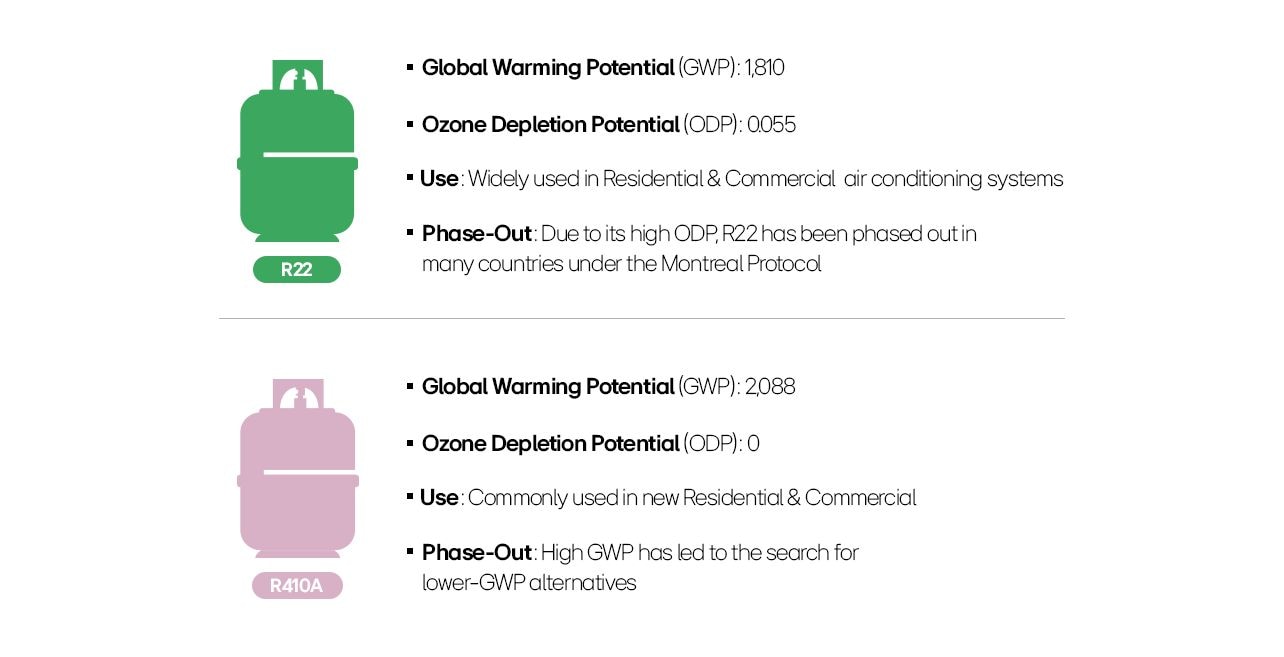
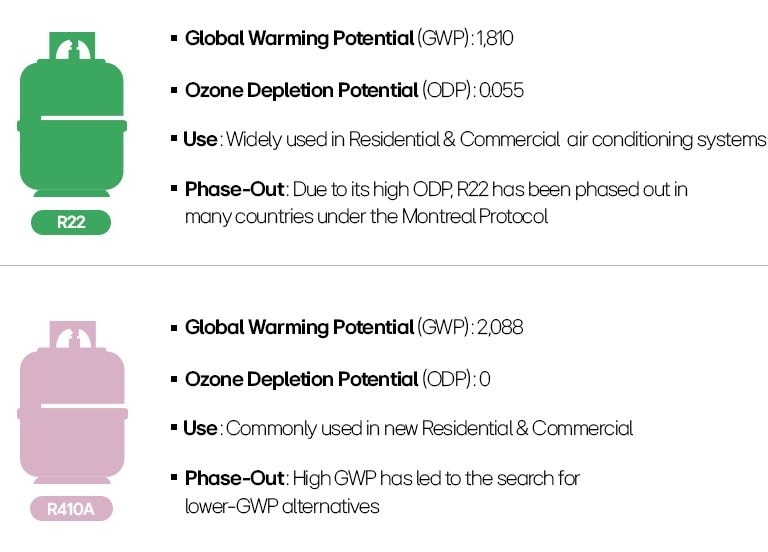
-
b. R32 & R454B
Among the many choices, R32 and R454B are considered potential replacements for R410A, offering a low GWP and stability. R32, a component of R410A (and also R454B), is a single-component refrigerant with a low GWP of 675. It does not require other materials for mixing, making it a cost-effective option. As a single-component refrigerant, it is easier to recycle, adding to its environmental benefits. R454B has an even lower GWP of 466 and a similar operating pressure and discharge temperature to R410A, making it a more direct replacement. Both R32 and R454B are suitable alternatives for R410A but in different ways.
* https://trane.eu/uk/about-trane/blog-post.html?ld=11
* https://www.r32reasons.com/docs/default-source/default-document-library/the-facts-about-r-32-and-r-454b.pdf?sfvrsn=f711fd62_0
-
c. Natural Refrigerants
Natural refrigerants such as R717, R744, R290, and R600a have much lower GWPs compared to synthetic refrigerants like R32 and R454B, and they are cheaper. However, R717, R290, and R600a have higher risks of flammability, requiring strict safety measures and special handling. In terms of efficiency, synthetic refrigerants are still better choices than natural refrigerants.

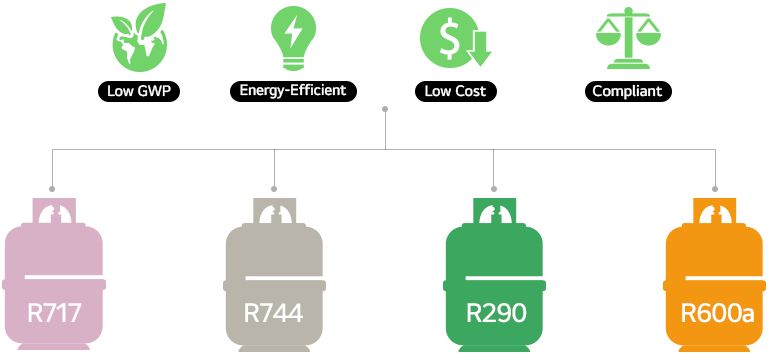
-
03 How Will the Regulations Affect the Market and Daily Life?
The manufacturing of products using refrigerants with high GWP will be strictly prohibited in the United States, but selling, using, and repairing products produced before 2025 are not prohibited. So, consumers do not need to change the refrigerants in their HVAC systems immediately. However, following the Kigali Amendment and the Montreal Protocol, which influenced the regulatory changes in both the US and Europe, other countries will need to update their regulations within a few years. With the restriction on selling in the United States and the global trend of changing regulations, the use of prohibited refrigerants will decrease, potentially raising their prices.


-
04 LG’s Products with Low GWP Refrigerants
LG began adapting to these regulatory changes a few years ago by using new refrigerants that are less harmful to the environment. LG's chillers are transitioning to refrigerants with lower GWP, such as the Oil-Free Centrifugal Chiller using R-1233zd (GWP 1) and the Inverter Scroll Chiller using R32. The Multi V i (VRF) uses R32, while other Multi V products are also transitioning from R410A to refrigerants with lower GWP, such as R32 and R454B. Last but not least, LG’s new heat pump models utilize either R290 with a low GWP of 3 or R32.
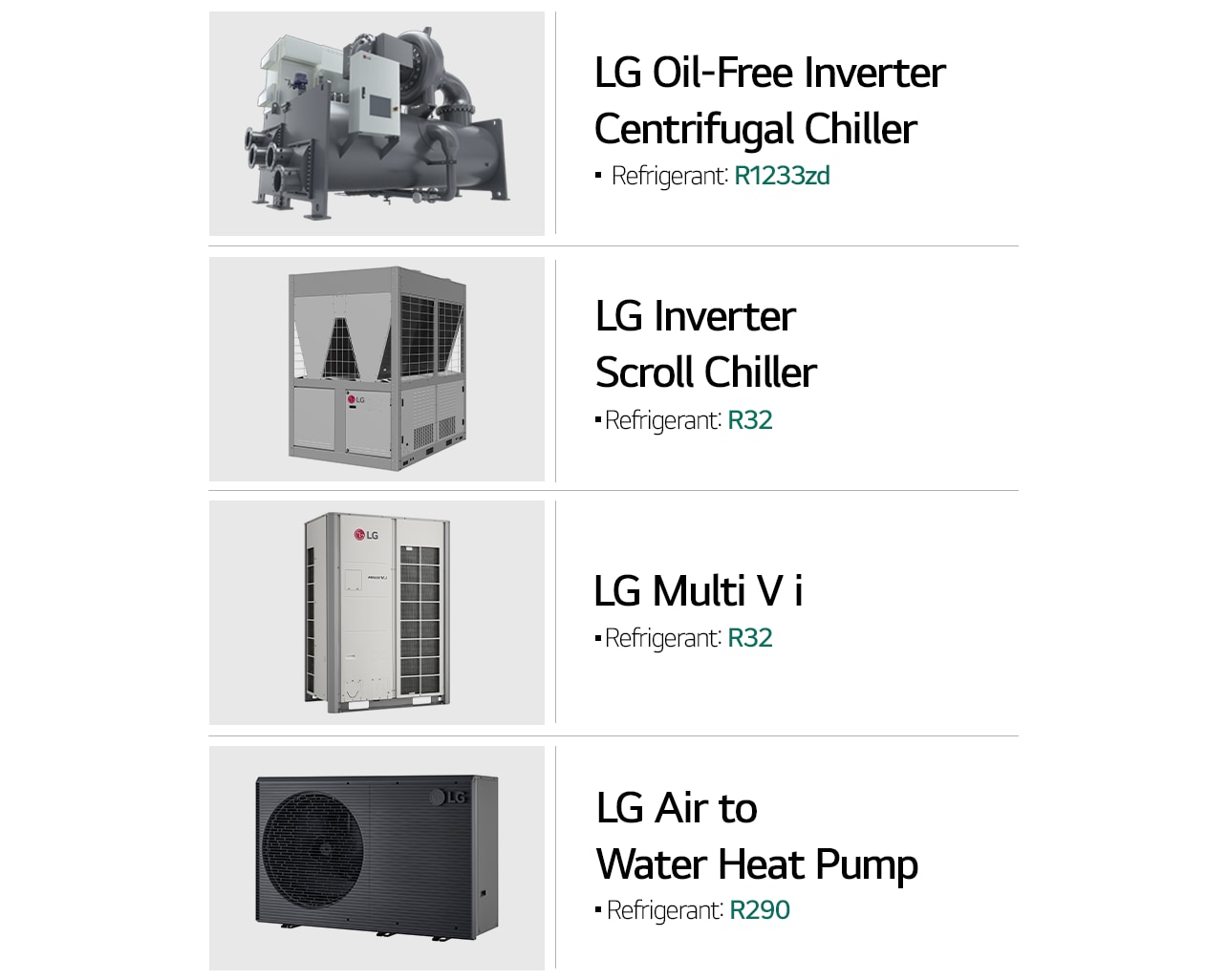

-
The new regulations on refrigerants in the US and Europe aim to reduce the harmful impact of global warming. The HVAC industry is also striving to provide comfortable and clean air in both the short and long term by transitioning to products that cause less harm to the environment. As part of this industry, LG is contributing to the effort to bring clean air to everyday life in the long term.

